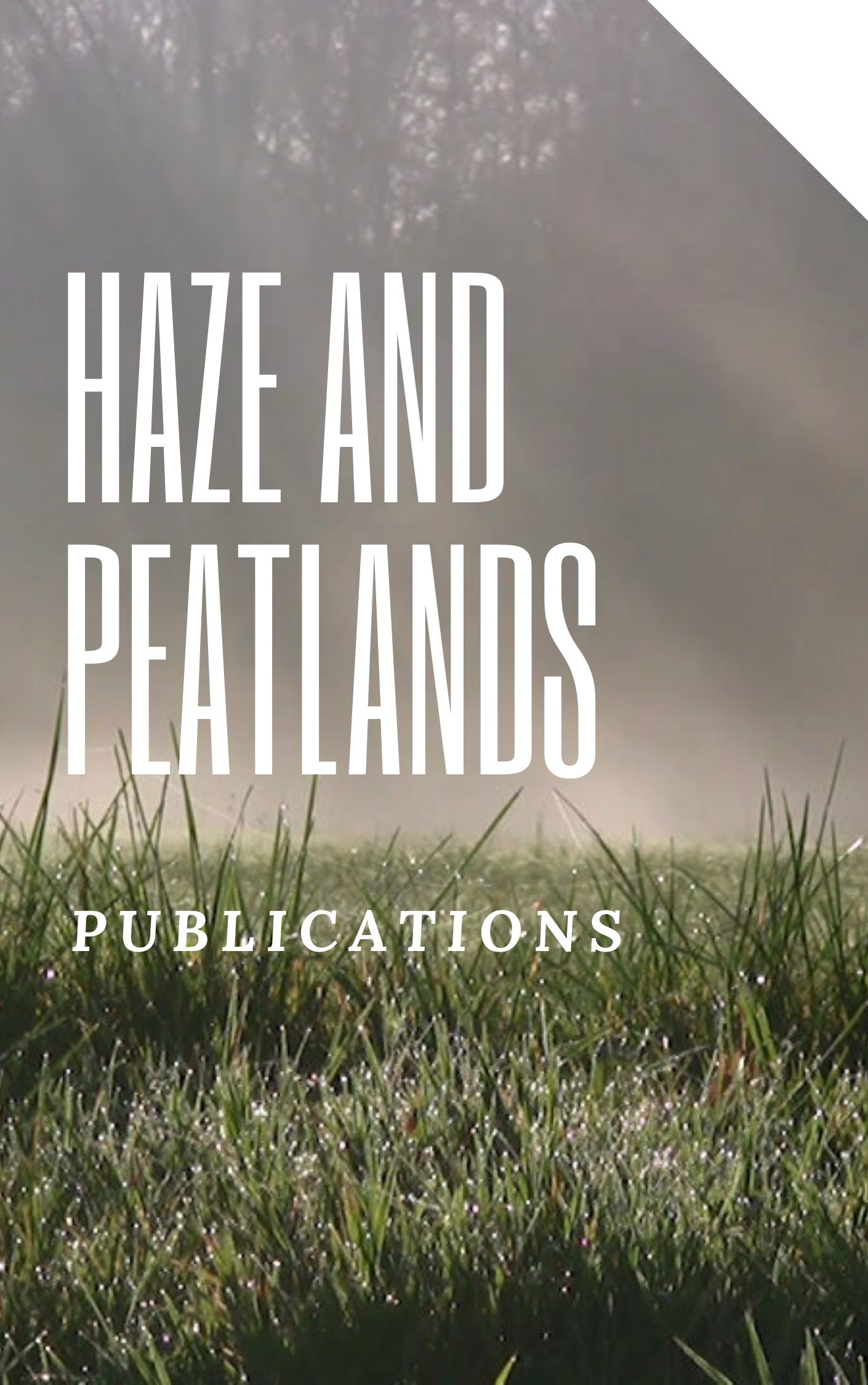Tropical peatlands in Southeast Asia (SEA) have undergone large-scale degradation in recent times due to extensive land use changes and drainage associated with their conversion for economic gains, and resulting fires during dry periods. This has had detrimental impacts on key peatland ecosystem processes and services such as hydrology, peat formation, carbon storage, fire prevention and biodiversity. Palaeoecological and geochemical proxies have been increasingly used in tropical peatland studies to extend contemporary instrumental records of peat conditions. Despite not yet being used to actively inform tropical peatland degradation and restoration interventions, these proxies are able to provide long-term trends in responses, resilience (threshold) and feedback processes of vegetation dynamics, groundwater level, peat pH, peat decomposition and accumulation rates, and degradation history. In this review, through the assessment of relevant tropical peatland studies in SEA, the palaeoecological and geochemical proxies were evaluated for their potential to reconstruct long-term peatland responses to climatically and anthropogenically-driven degradation. This information can potentially be utilised to provide better understanding of the extent of degradation and assist with the development of restoration management plans in SEA through its application in peat-hydrology restoration models.
View source

